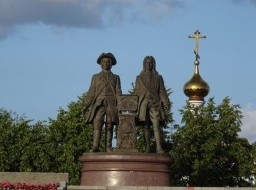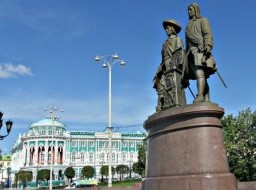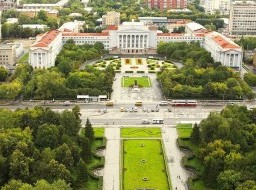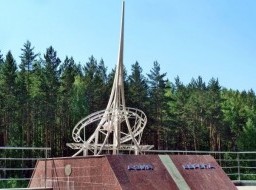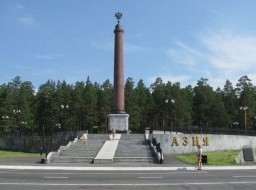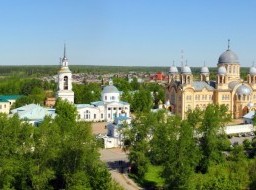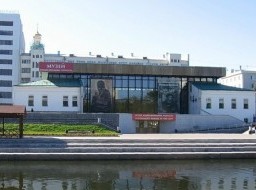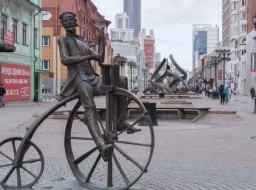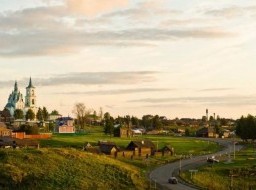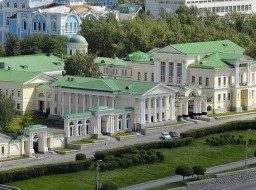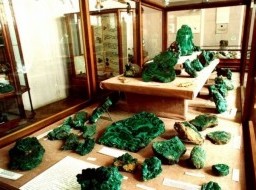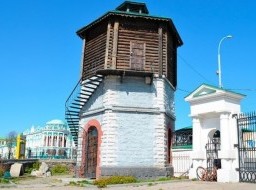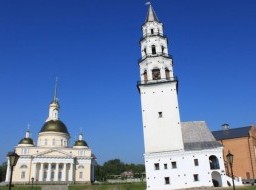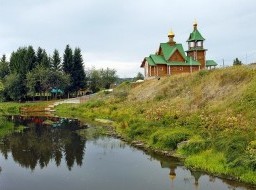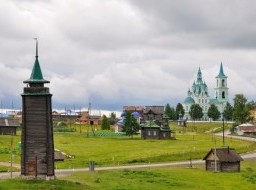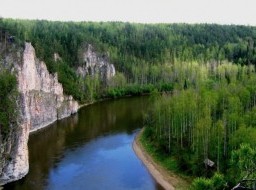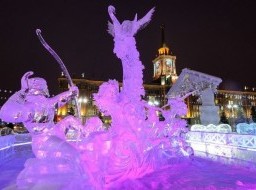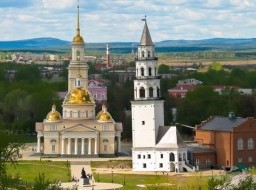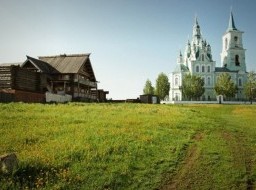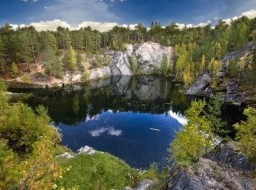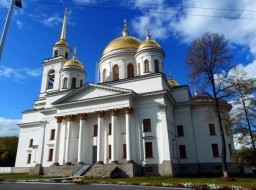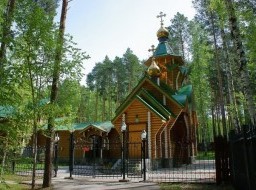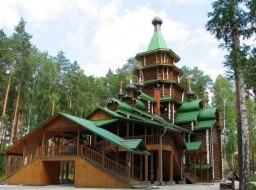Shartash village
Shartash village (1 deanery) Yekaterinburg county is located on the shore of the lake of the same name at 5 ½ versts to the northeast of Yekaterinburg. Left to ½ verst from the village, a tall grove is caught in the eye, in which the Trinity Old Believers' Chapel is sheltered, and the so-called "Devil's Castle" or "Shartash Stone Tent" rises to the right, hiding behind the forest. These tents consist of various and grandiose awards of colossal granite blocks, producing at first glance the impression of the ruins of towers, or of any artificial structures. Prehistoric finds in the form of pieces of pottery and some bone and stone tools indicate that people of prehistoric times used these tents, since surrounded, even in the recent past, impenetrable peat bogs and giant forests, they represented a reliable refuge from the attack of hostile tribes and robbers. According to legend, the Shartash settlement was formed before the founding of the city of Yekaterinburg from the Old Believers, natives of Russia, who now constitute a good half of the entire population. In the late 17th and early 18th centuries, people moved from Russia to the Urals and Siberia, history says, "impoverished and hollow people". In 1722 the village of Shartash was already listed in the mining department and the inhabitants were called Shartash new settlers. In Peter's time, thanks to the rigor, the influx of the above-mentioned element of people increased even more, and the Senate and the Synod issued a strict decree on the schismatics, many Old Believers moved from Moscow, Tula, Vygoretsky monasteries and the Kerzhentsa River, which is why the schismatics were called "Kerzhaks ". The founder of the city of Yekaterinburg, Genin, who perfectly arranged the Olonets factories with the help of the Old Believers-schismatics who lived in the Vyhorets Sketes and surrounding villages, attracted even more settlers of this kind to the Urals. Having appeared in the Urals, Genin took advantage of the former workforce of the breakaway villages and settlements, and in addition opened the access to the state-owned factories to other Old Believers aspiring here, so that Shartash soon became rich and rich. Fugitive priests and schismatic skitnik and skitnits found shelter in it, and then along with the Nevyansk and Yekaterinburg zealots, the allegedly pious piety became the first planters and spreaders of the schism in the Urals. The Shartash schismatics had intercourse with the schismatics of internal Russia and often supplied the Nizhny Novgorod sketes with Siberian sturgeon and cow butter. In Shartash, there were up to 12 monasteries with 382 barns living in them. All the hermitages were on the shore of the lake: the Kazan monastery - on the left, and the rest were grouped around them. Emperor Alexander Pavlovich, passing in 1824 from Yekaterinburg to the Berezovsky plant, visited the Kazan and Znamensk sketes. In 1828 there was not a single Orthodox church in Shartash, and there were 400 of them. Missionaries who came here for interviews with dissenters were subjected to ridicule, censure, cursing; their lives have been endangered many times. The Shartashites even attempted to kill His Grace Evlampy during his journey from Berezovsky to Yekaterinburg in 1832, but his life was saved by the fact that Shartash had a huge fire and - those who attempted to kill were forced to flee to a fire. However, the coachman sitting on the carriages of the coach, according to the legend, was killed. The rich schismatic Shartash burned down, and in his place now there is already a poor village. The current schismatics - Shartashtsev no longer have any monasteries or runaway priests; they do not have that fanatical wickedness toward the Orthodox pastors, which their predecessors breathed. Their teachers, laymen and nachetchiki, peacefully make their uncomplicated worship in two chapels - Petrovskaya and Troitskaya. |

